Can A Baby’s Hair Change From Dark To Light? 4 Reasons
If you have a baby already, it is normal to worry about how its hair color changes day by day. Perhaps the query in your mind is, how can a baby’s hair change from dark to light? It would be best to remember that genetics can affect many physical attributes, including hair color, hair loss, etc.
The color and texture of the hair are frequently changed. In other words, your baby’s thick and dark hair may emerge in a considerably lighter tint than before. Even red can transform into blonde, black can transform into brown, and straight hair may turn into curly hair.
Many parents remark that some babies have absolutely no hair, while others have a lot of hair, and others appear to go bald after only two or three months of age. Is it so? It was something I saw, and it piqued my interest. You may wonder how it is possible. I’m sure you will obtain your answers in this article while reading.
How Can A Baby Change From Dark To Light?
Hair color is not something that stays the same for the rest of your life. You will frequently notice that a baby’s dark hair will gradually lighten to a light brown or golden color. All of this takes place throughout the first six months. Even beyond these six months, babies and toddlers can have a shift in their hair color.
Contrary to popular belief, hair color changes do not occur exclusively during newborn age. It may change in early childhood, but it may also shift abruptly in puberty. This is mainly due to changes in hormones.
Sometimes, as hormones change for both infants and their mothers, the hair can begin falling out, which leads to your child’s hair color and texture being different from those born with.
It is pretty natural to think about how a baby’s hair can change from dark to light. Some specialists believe that this is due to the physiological response during childbirth. Others think it is due to low pregnancy hormones. It is called ‘telogen’ in which your newborn loses everything.
This is also why people’s hair becomes grey as they become older. Melanin production ceases, resulting in the greying and whitening of your hair. Factors like hormones and DNA can play a large part in a baby’s hair color.
Increasing concentrations of eumelanin and melanin are the source of most changes in newborns and children. Additionally, it is not uncommon to detect an increase in the quantity of melanin, or eumelanin, which darkens your baby’s hair over time.
Reasons Why A Babies’ Hair Color Is Changing
Various factors, such as hormones, DNA, and even seasonal and environmental changes, can impact hair color. Changes in the shade of baby hair could undoubtedly occur at nearly any age. To determine whether your baby’s hair will be red, brown, blonde, or any other hue in between, there are some factors that you should consider.
The color of your child’s hair is determined during fertilization. Both parents contribute 23 chromosomes, which define specific traits like hair color. Below is a list of reasons that contribute to the color change of baby hair.
1. Genetic Factors
Genetics is the first factor to consider when it comes to a baby’s hair color. Genetics has a significant role in determining a baby’s hair color. Following a study published on the Public Library of Science website, the proteins encoded in a baby’s genetic code contribute to the development of melanin in their hair.
Genes also affect the growth of melanosomes, the organelles that give tissues their color. According to studies, four to six genes influence an individual’s hair color. Depending on the situation, alleles within the genes are either dominant or recessive. It depends on the parent’s chromosomes.
Chromosome
As you already know, both parents of a baby have a total of 46 chromosomes. This naturally implies that when two individuals join together, they can produce 64 trillion different variations of infants with diverse characteristics.
DNA
You should know that a baby’s DNA arrives in allele bundles. An allele is a particular gene variation. A gene is a bit of genetic information that specifies a specific hereditary trait.
2. Pigmentation
Melanin is the pigment in our skin and hair, and there are two different melanin variants. The hair colors of two forms of melanin are pheomelanin and eumelanin. Pheomelanin is responsible for the yellow and orange hues in hair. Eumelanin gives it a black and brown color.
According to some research, a person’s hair color combines the two forms of melanin. The hair color will be lighter when babies have lesser percentages of eumelanin in their blood.
Eumelanin
Hair with a high percentage of eumelanin is brown or black. The tyrosinase enzyme impacts the formation of both types of melanin. According to Birngruber and Verhoff, the MC1R gene governs the body’s melanin production.
When MC1R is active, it creates eumelanin, a pigment that contributes to the appearance of dark hair. It is also in charge of protecting the skin from UV radiation harm.
Pheomelanin
In the case of a genetic mutation that causes the body to manufacture just pheomelanin, a newborn will be born with red hair. Red and blond-haired individuals have greater tyrosinase levels than brown or black hair.
MC1R is quiet when melanocytes create pheomelanin that produces light or red hair when the receptor is not working appropriately. This pigment can not shield the skin from UV rays.
3. Ailments Of The Body
Genetic abnormalities can be detected in humans that have little or no pigments. The hair is frequently white or pale blond. It may, however, be red, dark blonde, bright brown, or rarely dark brown. Also, bald patches are caused by auto-immune diseases.
Malnutrition also leads to lighter, thinner, and more fragile hair. Dark hair might become blonde or reddish because of decreasing melanin production. With sufficient food and nutrition, the situation is reversible.
4. Phenotype Characteristics
Phenotypes are the observable characteristics of genes, such as how a person appears. Dominant and recessive alleles contribute to the phenotype of an individual. Each individual has two alleles. Each parent sends the child with a random allele.
A blend of dominant and recessive features could include incomplete or partial domination. There could be work on some conditions-
- A newborn has two parents, both of whom are dark-skinned. Brown hair, particularly black hair, is more common than blonde hair. In this instance, there’s a good possibility the baby will also have dark hair.
- A newborn with two parents with different hair colors (blonde and brown) has a higher chance of being brown.
Infancy hair and brow color do not predict childhood or adult hair color. The research says when a baby grows older, a transcription factor protein can activate or disable a gene. As a result, a baby’s hair may darken as she grows older.
Conclusion
The hair of your newborn may often change color and texture. Bear in mind, however, that if both of you come from dark-haired families, the likelihood of having a light-haired child may be pretty remote.
I hope that this article about can a baby’s hair change from dark to light could provide you with all the necessary information you need to know. Thank you for sticking around till the end! Good luck!
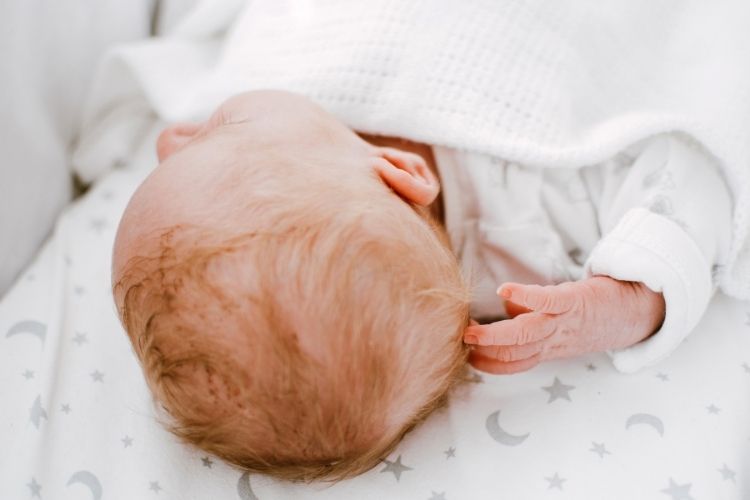
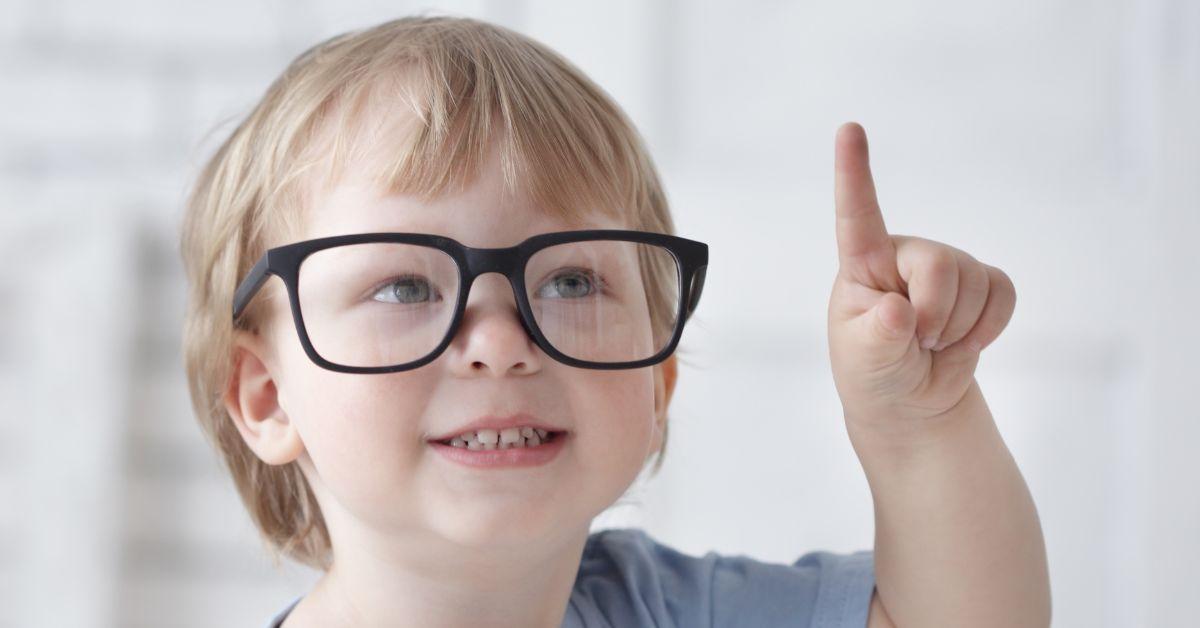
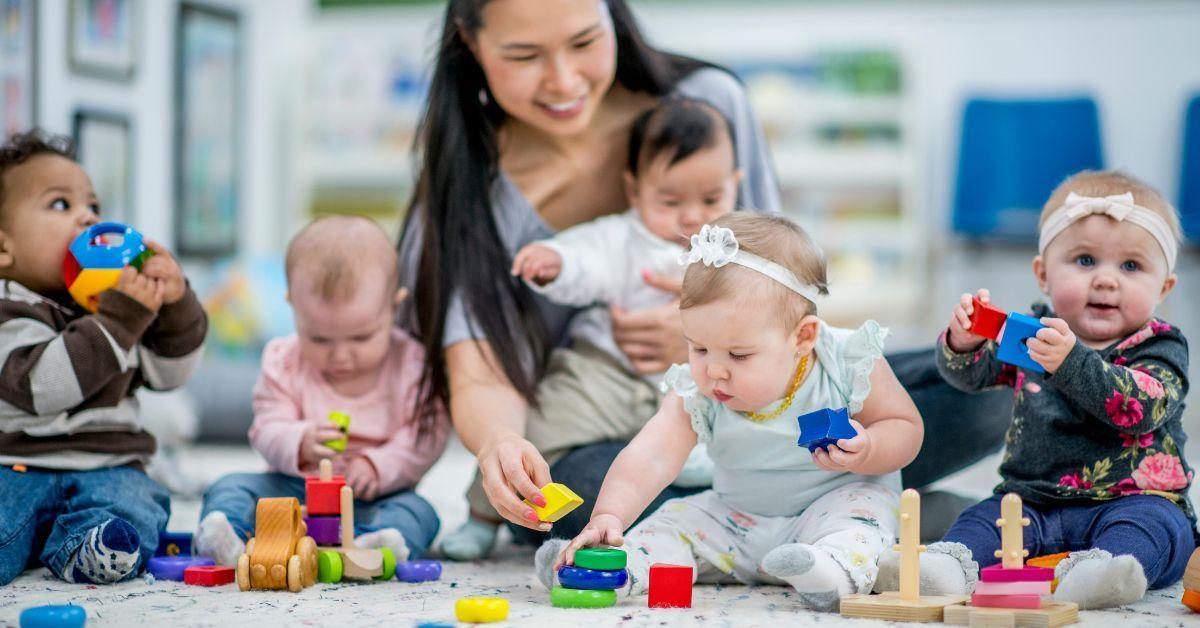
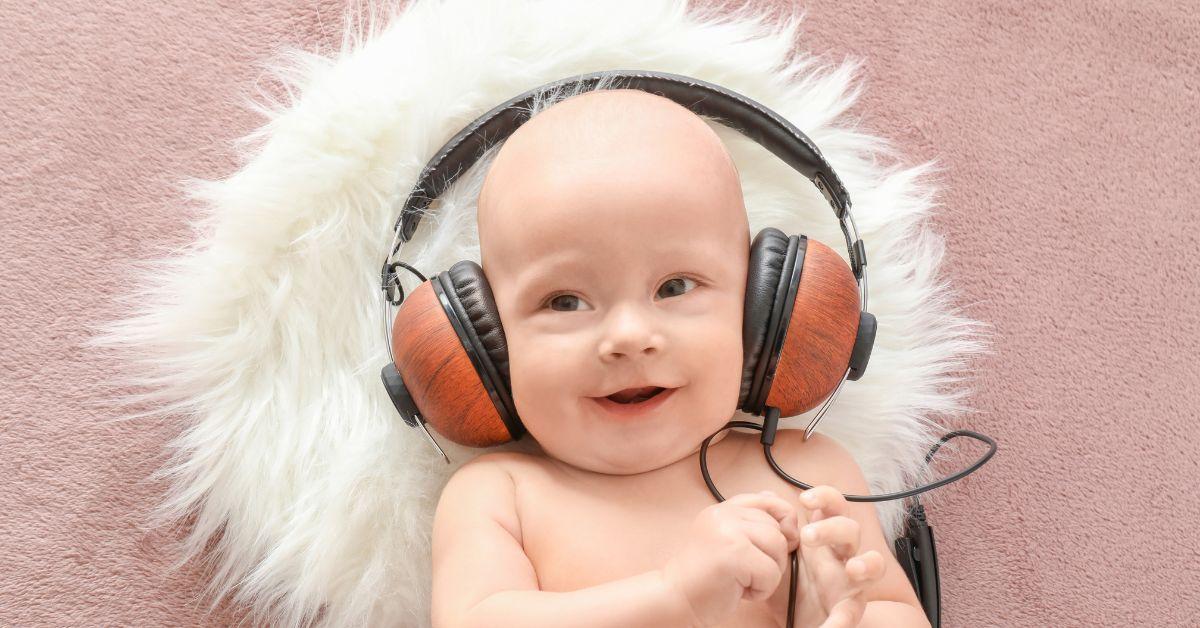

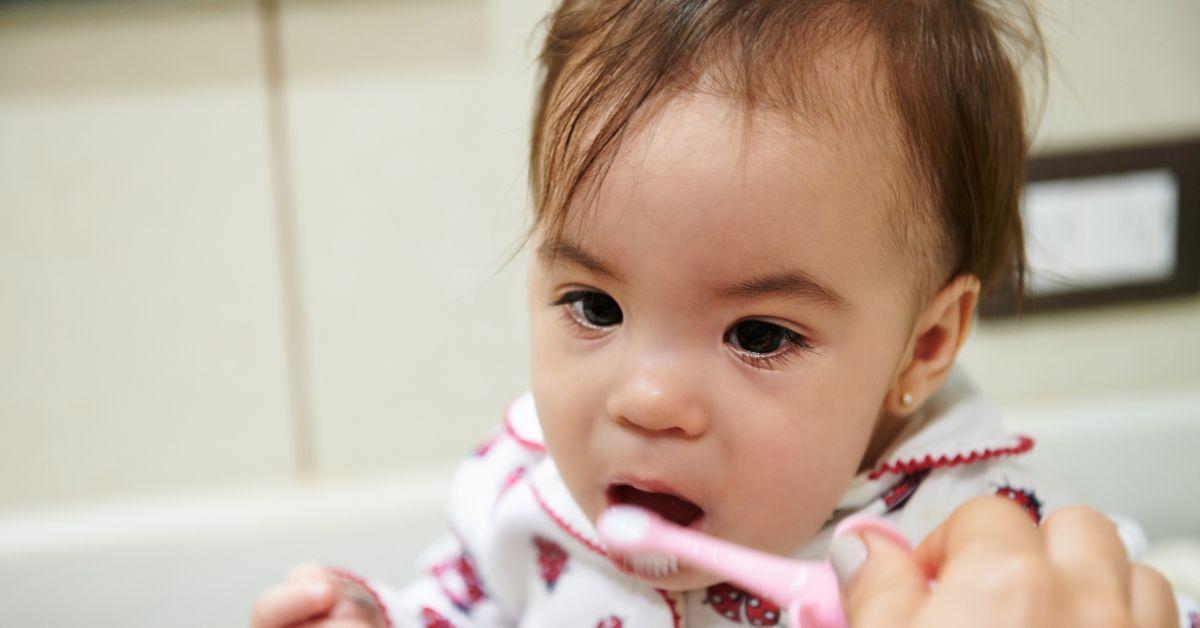
Jennifer Crowley
I'm Jennifer, a dedicated mother passionate about writing insightful blog posts. My life revolves around the joys and challenges of parenting and brings my unique perspective and experiences to writing, with a keen eye for detail and a love for storytelling. My blog is a platform for sharing parenting tips and advice and a place where I want to be with other moms and dads, offering them a sense of camaraderie in the wonderful, chaotic world of parenthood.